Martin Chemnitz
A.D. 1522–1586
“The Second Martin,” he helped the early Lutheran church navigate theological controversies and the deaths of its original leaders.
In this series, Lutheran historian Molly Lackey will trace the history of the church, from the time of the apostles through the twentieth century. As the Body of Christ, our history transcends time, country and citizenship: “God’s Word is our great heritage.”
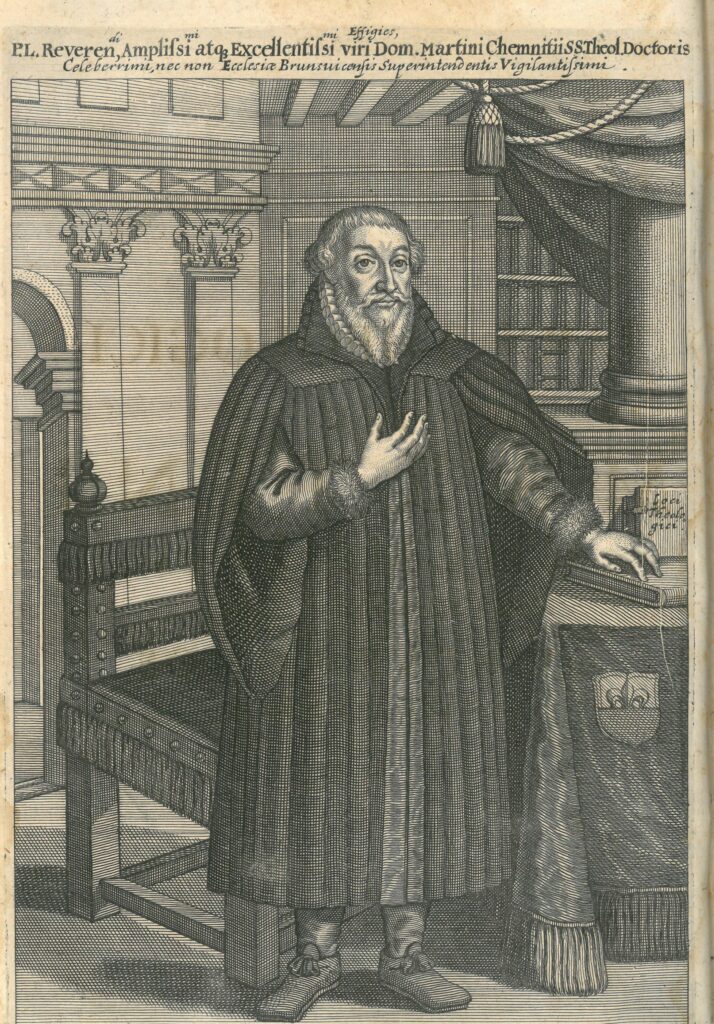
Imagine you’re a schoolboy or girl in a Braunschweig (Brunswick), Germany, in the 1570s. You take a break from geometry and Latin to study your catechism, and your pastor wants to try out a new text by the faculty at the university in Wittenberg, where the sainted Dr. Luther taught. You crack open the new books and start flipping through the pages — and that’s when the trouble starts. One of your classmates asks how Jesus can be in the Sacrament if He ascended into heaven. Your pastor has you read the relevant portion from the catechism, but something feels off. In fact, you’re all a little more confused after reading it than you were to begin with. Someone fetches the classroom German Bible and flips to the Scripture passage cited in the catechism. Your pastor’s brow furrows: the translation given in this new catechism is not the one in Luther’s Bible — in fact, it’s so differently worded that it doesn’t seem to be saying the same thing at all. Your pastor slams the new catechism shut, orders you all to hand your copies back to him, and storms out the door, muttering something about how Superintendent Martin Chemnitz needs to hear about this.
From timid student to astute theologian
Martin Chemnitz, born in 1522, was a shy and nervous child with great scholastic ability, teaching himself Latin and taking meticulous notes. His personality sometimes put him at odds with his family, as his proclivity to academics also meant he was a lackluster clothmaker (the family trade) who struggled to hold down more typical jobs. Chemnitz enrolled in the university in Wittenberg in 1545, while Luther was still alive and in the classroom, but he did not pay much attention to the Good Doctor because he was studying math and astrology. (Yes, you read that correctly, astrology; kings and princes often commissioned star charts and astrological interpretations for guidance in making important decisions, believing texts like Psalm 19:1 — “The heavens declare the glory of God, and the sky above proclaims his handiwork” — to indicate that God’s plan was discernible from interpreting the position of the stars and planets.)
Chemnitz went on to become a court librarian and tutor from 1550 to 1553, during which time he undertook an extensive self-study of theology using the books at his disposal. Chemnitz was especially interested in the early church fathers and how his own Lutheran faith retained these historic interpretations of Scripture. He returned to Wittenberg, initially for continued studies but then as faculty, and then was ordained in 1554 in order to serve as co-adjutor for the Lutheran church in Braunschweig (Brunswick), eventually becoming superintendent (more or less the “president” of all the Lutheran churches in the area) in 1567, a position he remained in until his death in 1586.
Martin Chemnitz was an exceptionally prolific writer of theological texts. While Luther was bombastic, with a flourishing pen and a flair for dramatic, polemic rhetoric that resonated with the people, Chemnitz was measured, precise and formal, with an astute sense of language that would clear up confusion and settle disagreements. This was very important for the Lutheran church at the time: with both Luther and Philip Melanchthon (Luther’s best friend, colleague, and author of the Augsburg Confession) dead, the fledgling church body was beginning to enter freefall.
Defending Lutheran doctrine through controversy
In Martin Luther’s later life, he found himself at odds not only with the Roman Catholic Church from which he was excommunicated, but also with other Protestants, individuals who were implementing reforms, changes and in some cases outright innovations to the faith. Luther was generally antagonistic towards these other reformers because they threw out historic teachings like the efficacy of Baptism, the importance of liturgical worship and the real, bodily presence of Christ in the Lord’s Supper. However, some Lutherans, including Philipp Melanchthon, were hopeful of reaching an agreement with these other Protestants, especially with John Calvin and his followers. Their motive was understandable: The political ramifications of a myriad of little Protestant groups were not favorable, seen clearly in the carnage wrought by the various wars of religion in this period, and later the Thirty Years’ War.
However, other Lutherans, including Martin Chemnitz, were wary of placing unity before doctrinal clarity. Certain publications coming from the faculty in Wittenberg sparked controversy for appearing to be overly conciliatory to other Protestants. A children’s catechism in 1574, for example, utilized a Calvinist Bible translation to talk about Christ’s ascension which implied that Christ might not be physically present in the Lord’s Supper.
Martin Chemnitz and his like-minded colleagues worked to respond to these attempts to muddy the waters between Lutherans and Calvinists. But the powder keg really exploded when an intercepted letter revealed a plot to manipulate the Saxon Elector Augustus into increased openness to Calvinism — by tricking his wife into reading Calvinist literature. This unearthed scheme led to the imprisonment of many of the Wittenberg faculty. It also led to the adoption of the Formula of Concord, authored primarily by Martin Chemnitz and fellow pastor Jakob Andreae. The Formula was intended to be a definitive statement outlining Lutheran doctrine, paying special attention to controversies among Protestants which could not be fully answered by earlier documents like the Augsburg Confession. Chemnitz and his circle also went on to compile the Book of Concord, bringing together their Formula along with nine other documents to create the authoritative, and still binding, statement on Lutheran belief.
By the early 1600s, Martin Chemnitz was known by the moniker “The Second Martin.” Though not as bombastic, charismatic or funny as Luther, Chemnitz helped the early Lutheran church navigate some of its first theological controversies, crises which could have resulted in the dissolution of the Lutherans into generic and sacrament-less syncretism. With his unique gifts — gifts that were not always appreciated by others — Martin Chemnitz provided the doctrinal clarity necessary to ensure that the theological heritage of Luther could be passed on to us today.
Editor’s Note: The next installment of this series, on the great Lutheran composer J.S. Bach, will be posted two weeks from today. Check back then or follow us on social media to catch it!
Image: “Portrait of Martin Chemnitz,” Ludger Tom Ring the Younger, 1569.



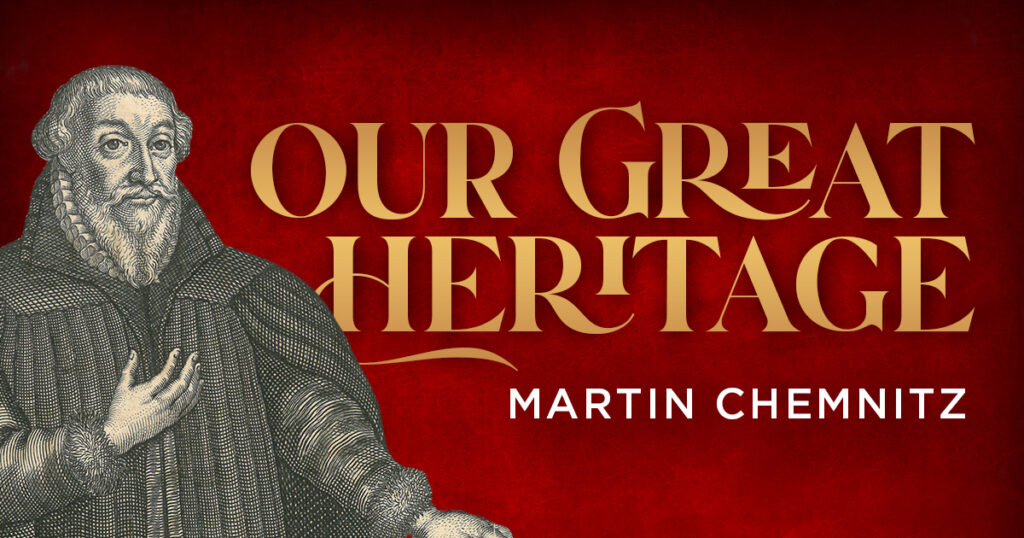
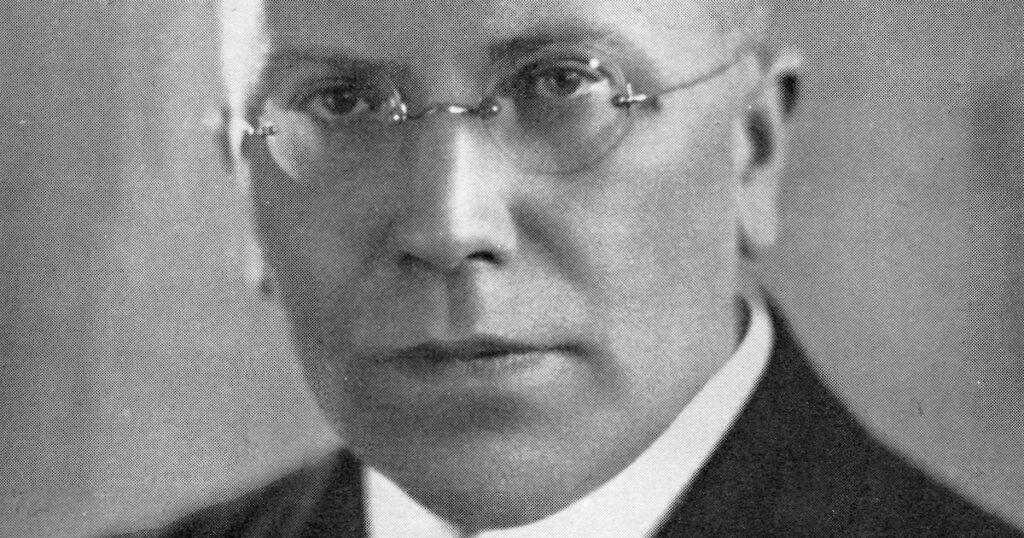
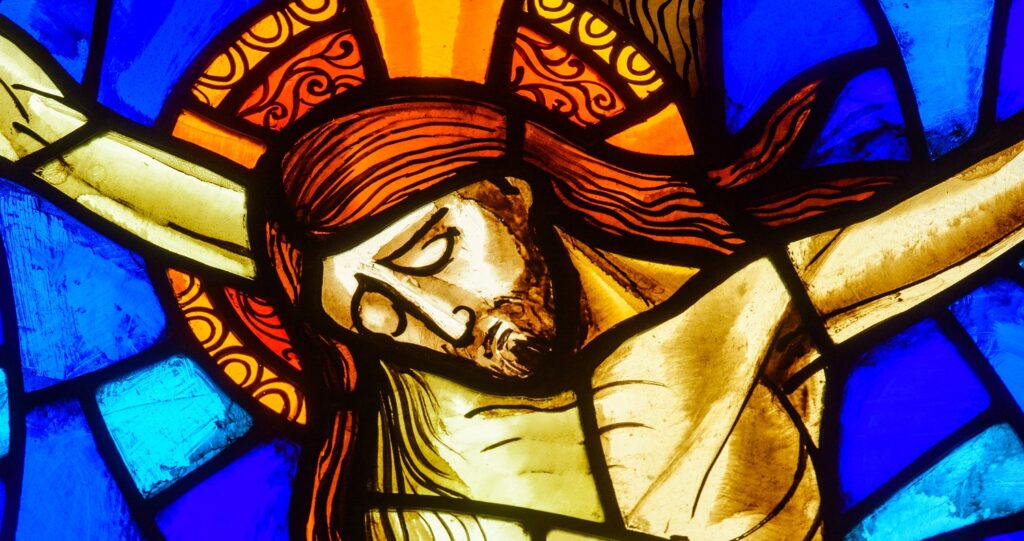
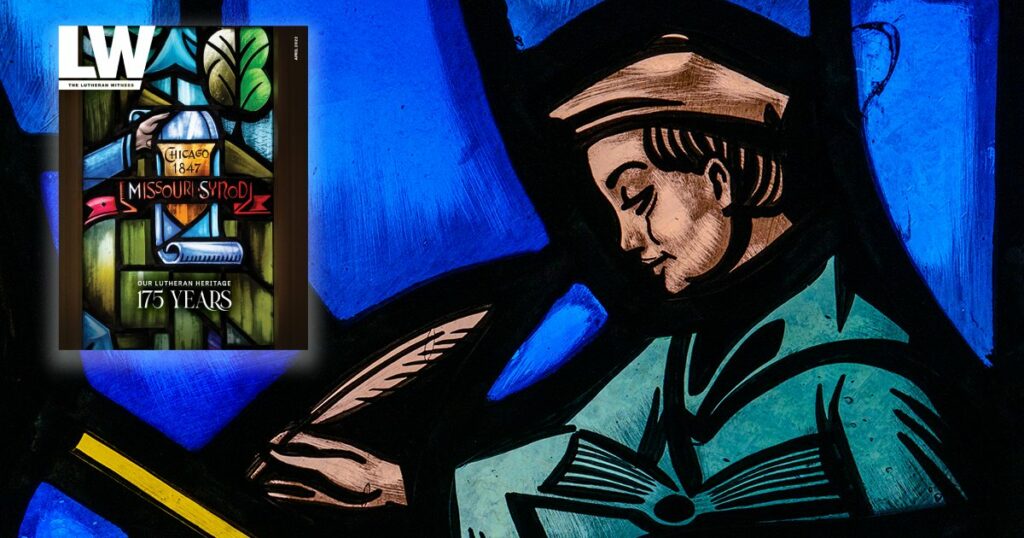
Its excellent as your other blog posts : D, thankyou for posting. “Music is the soul of language.” by Max Heindel.
RE: The “Book of Concord [is] the authoritative, and still binding, statement on Lutheran belief.”
I have never quite understood the claim that the Book of Concord is “binding.” Binding on whom? People may bind themselves to its doctrinal statements, vowing to uphold them, or not.